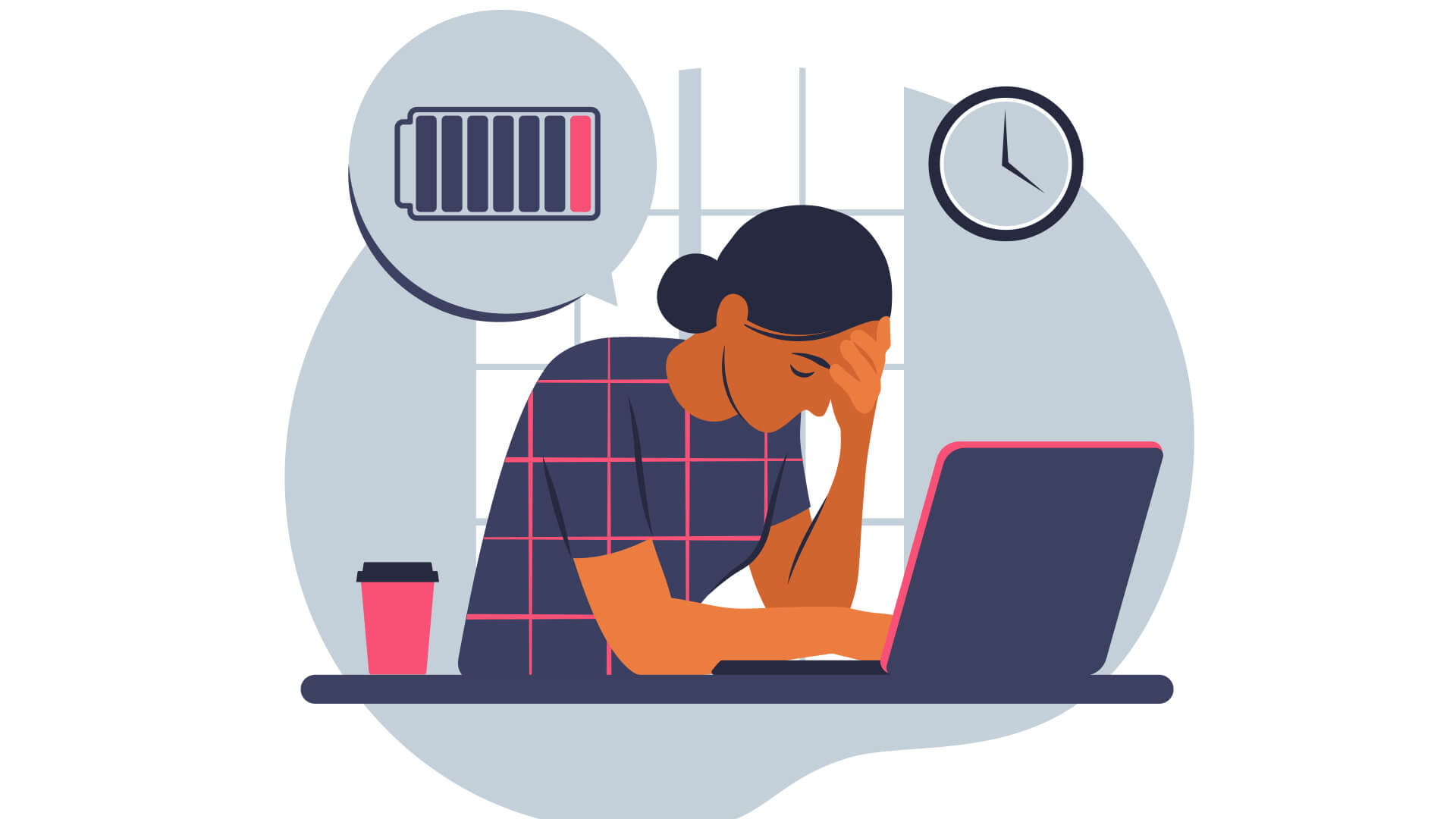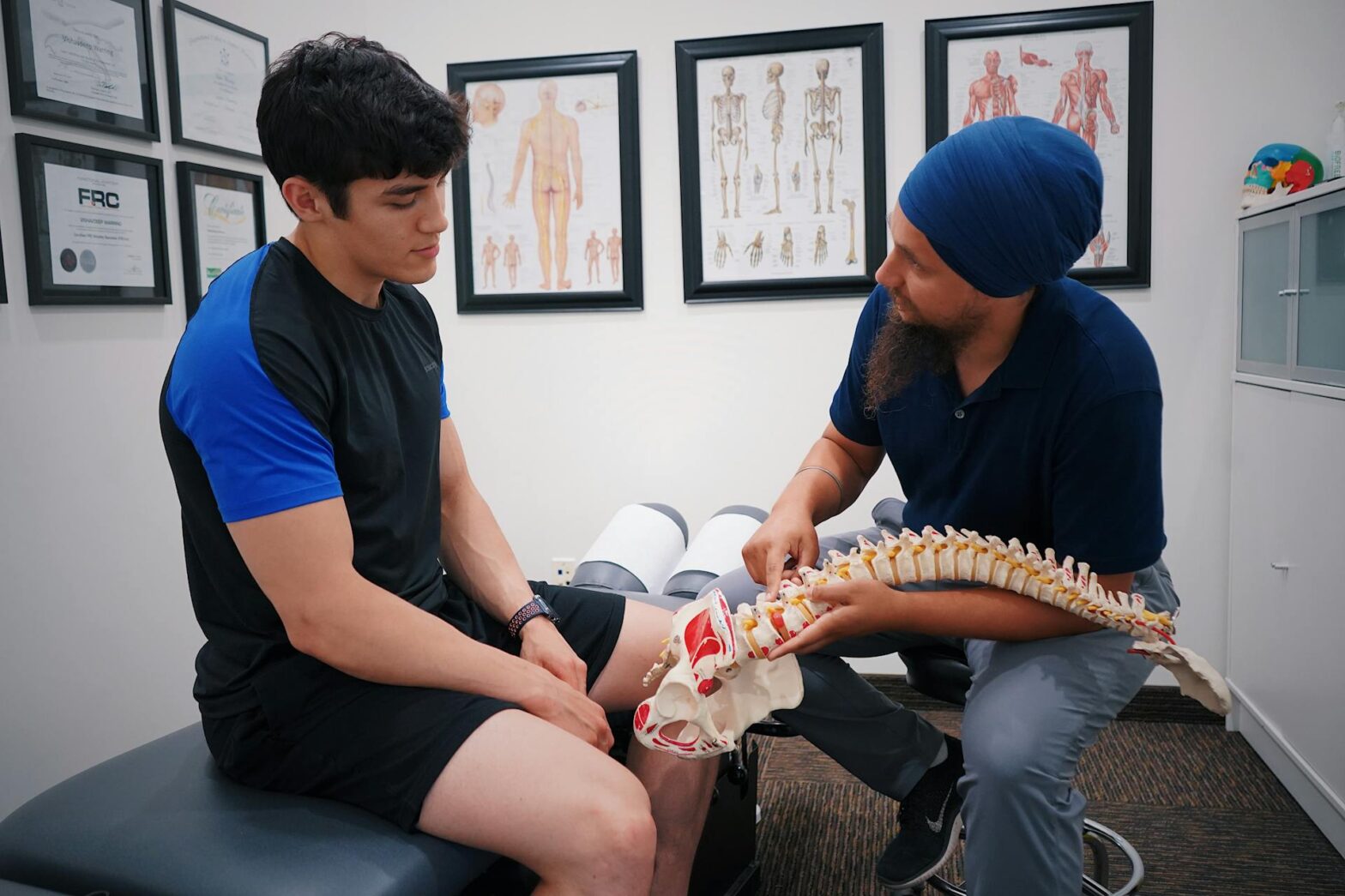
Remote working has become the norm, with many jobs advertising this as a benefit. However, what about the benefits of working from the office? While the flexibility of working from home can be attractive to your employees from the outset, it can often have pitfalls further in. From the lack of socialising to simply struggling with online tech support, there are many reasons your employees might actually prefer and benefit from working in the office.
Here, we will explore the benefits of working in the office and how you can support fully remote workers in replicating these benefits from their home offices.
Better work-life balance
By encouraging your staff to work in the office or even take up a hybrid working opportunity, they will be better able to maintain structured routines. 40% of people claim to struggle with unplugging from work when working from home, and 48% find they work longer hours when remote working. This can increase the likelihood of burnout.
Building a company culture that prioritises mindfulness, self-care, and clocking off could help employees become accustomed to leaving their work behind when the hours are up.
Encouraging staff to finish work and to leave emails unchecked after closing time can help them maintain a healthy routine. Office hours offer structure to employees. However, how do you encourage remote workers to relax? Making sure deadlines are scheduled to avoid overnight stress could be an answer. You might also consider encouraging or even offering remote memberships for an individual office space. This can give your employees the flexibility and freedom of remaining out of the office while still having a separate location to work from.
Social aspects
Encouraging in-office working can also have good socialising benefits for your employees. In fact, 81% of young employees claim to feel isolated if they don’t have time to work in the office. Making sure your employees have the social aspect of work is important for their happiness.
This also encourages better collaborations, both within and between teams. As employees will be working face-to-face, questions which might previously have been unanswered can now be shared quickly. Likewise, employees who may not have been asked previously might be able to contribute now, offering new insights into problems.
To offer fully remote workers the same benefit, consider breakout zoom rooms which encourage employees from across teams to brainstorm ideas or ask questions openly. In order to achieve the networking benefits, you might hold online events. These might not be work-focused but rather a chance for your employees to meet one another and connect.
Less stress
Working in the office can help decrease stress in some employees, such as the worry of covering bills. As utilities are set to increase, with the price cap of £2,500 set to end in April 2023, many employees might be wondering how they will cover these costs. Working from home increases electricity usage, so coming into the office can save on utility bills during the working week.
It can also help solve technical problems. Being able to visit the IT department in person, with the equipment, can make diagnosis and solution easier. Rather than having employees explain the issue, which might cause stress, especially if they aren’t technologically savvy.
For remote employees, consider offering bursaries to cover bill costs which occur due to their working hours. You may also put in place technology training to increase their understanding of the equipment, making it easier for them to communicate any technical problems to your IT department. Training on stress relieving techniques, such as meditation and breathing training, might also help reduce the worries and stress of your remote workers.
Safeguarding
Having your employees come into the office means you can better monitor their physical and mental health. Remote working can often tell you miss key signs of burnout, such as chronic fatigue. By encouraging employees to come into the office, you will be able to better understand the emotional state of your staff through your conversations.
When caring for your remote employee’s mental well-being, you might want to set in place regular one-to-one meetings to assess levels of happiness, stress, and other emotional states. Having an open dialogue with your employees on their levels of work could better see you spotting potential well-being issues. You might also consider offering counselling and support services.
Caring for your employee’s emotional well-being is important for the success of your business. Burnout can negatively impact employee productivity, as well as increase levels of depression and anxiety. Making sure your staff are cared for not only benefits the employees but can also benefit your workload. Being in the office can have many mental health benefits, from increased social exposure to decreased stress. However, where being in the office is not possible, it is important that you can offer some of the same benefits to your remote workers.
















